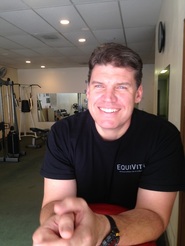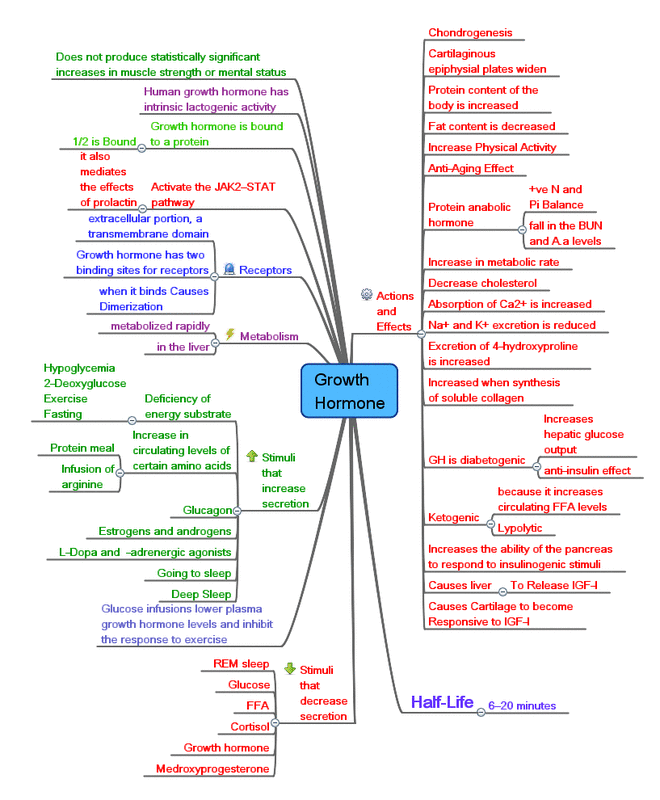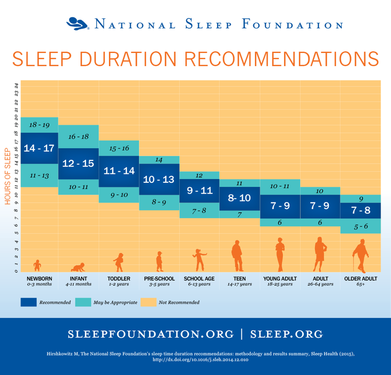
Last time we visited this topic, the discussion was around disconnect from who we are in our authenticity, and over commitment to the external. If you would like to revisit the beginning of this discussion click here. We looked at the prevalence in our society, and some of the ways it can be recognized. Now, we look deeper at how this concept manifests in a person; exploring from the gross to the subtle.
Physical
The physical body is where things become manifest. This particular issue of being seems to come in from the ethers and settle slowly in the body in order to be heard and acknowledged. It can also go the other way, but if we are talking about a more chronic state, it has likely come along over time into the body. The trouble here, is that by the time the physical body has something to say about it all, the connection to more subtle observations have often been dulled. The manifestations are myriad. From the perspective of Ayurveda this could be viewed as an imbalance in any dosha, and depending upon one’s primary constitution would indeed, surface in a lot of different ways. The neat thing about the gross physical form is that it’s also easy to begin to adapt. In offering gentle movement, blood flow can increase, and the sensation of being in the body can become more present.
Breath and Energetics
There is the ambiguous knowing that something is “off”. Which is a lack of feeling connection, flow of energy. There is a fragmented sense of self. The breath will often be shallow, tight and generally ignored.
Mind and Emotions
In living with this disconnect from one’s authentic nature, anxiety and depression can surface. It is a separation from one’s truth that is so very hard to feel because the disconnect often arises from doing great things for others. The mind wonders, how can that be “bad”? How can I be so emotionally exhausted when this all comes from love?
Wisdom and Intuition
We see the warrioress. She is so brave and caring. She is often in a position of serving others. She is, however, unable to truly care for herself by the time she has done all that she expects of herself or thinks is expected of her.
The Bliss Body
This experience of bliss is where one in this position come to crash. There is a head first dive of desperation that happens. The approach is one of escaping in order to relax. Herein, there is also a fundamental disconnect; the idea that one has to depart from life in order to have peace. This can often be where imbalances of all the koshas have an opportunity to come to surface. There is just enough relaxation, just enough removal from survival mode, and things can start to come forth.
Next time, a look at approaching shift through the use of yoga therapeutics. Please email with any questions! [email protected]





 RSS Feed
RSS Feed
